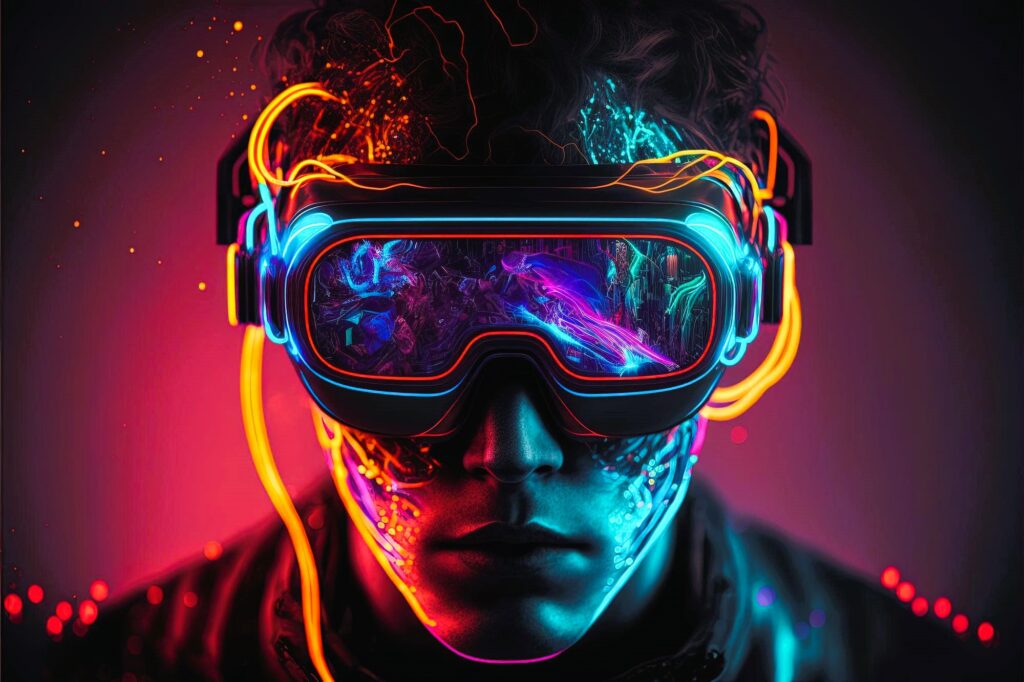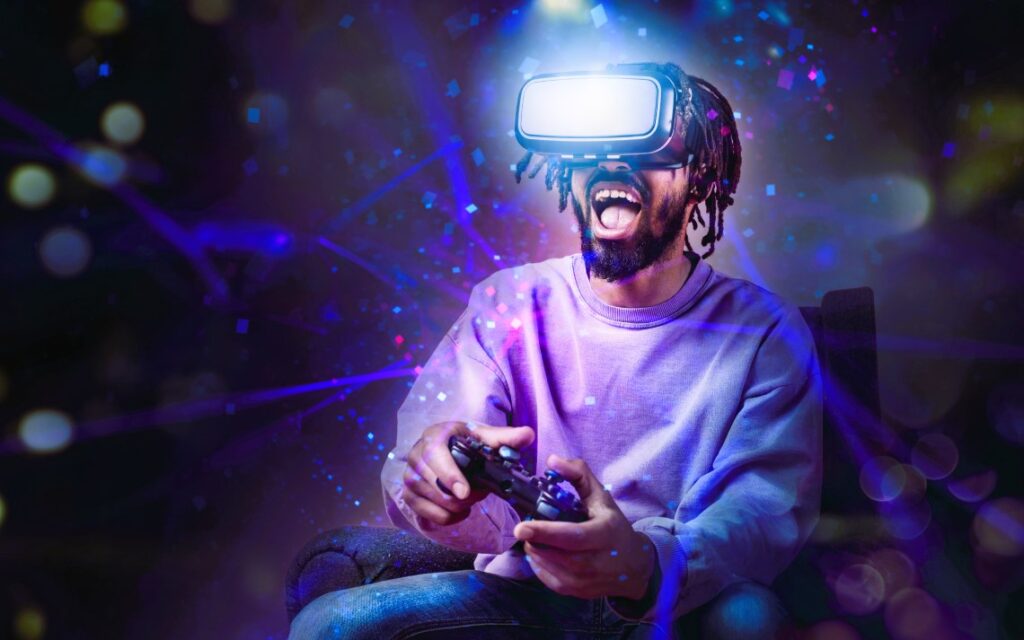Virtual Reality (VR) technology has revolutionized the gaming industry, offering immersive experiences that transport players into virtual worlds like never before. With the rise of VR gaming comes new opportunities and challenges for marketers looking to promote their games and reach their target audience. In this article, we’ll explore the impact of virtual reality on gaming marketing and how brands can leverage this emerging technology to engage players and drive sales.
1. Immersive Brand Experiences
One of the most significant impacts of virtual reality on gaming marketing is the ability to create immersive brand experiences that resonate with players on a deeper level. VR allows brands to transport players into their game worlds, where they can interact with characters, explore environments, and experience gameplay in a truly immersive way. By creating memorable VR experiences, brands can leave a lasting impression on players and build stronger emotional connections with their audience.
2. Enhanced Engagement and Interactivity
Virtual reality offers a level of engagement and interactivity that traditional forms of marketing simply cannot match. VR games and experiences encourage active participation from players, who must physically move and interact with their surroundings to progress through the game. This level of engagement not only captivates players’ attention but also increases their investment in the brand and its products, leading to higher levels of brand loyalty and advocacy.
3. Novelty and Buzz Generation
VR gaming is still relatively new and exciting, making it a hot topic of conversation among gamers and enthusiasts. Brands that incorporate VR into their marketing strategies can leverage this novelty factor to generate buzz and excitement around their games. Whether it’s through teaser trailers, demo experiences, or promotional events, VR marketing can create anticipation and hype leading up to a game’s release, driving awareness and interest among players.
4. Targeted Marketing Opportunities

Virtual reality provides unique opportunities for targeted marketing and advertising within VR experiences. Brands can place virtual advertisements, product placements, and branded content directly within VR games and environments, reaching players in a highly targeted and immersive way. This level of integration allows brands to tailor their marketing messages to specific audiences and demographics, increasing the effectiveness of their campaigns and driving higher conversion rates. Did you like our article? Read also about Audience Attraction.
5. Challenges of VR Marketing
While virtual reality offers many exciting opportunities for gaming marketing, it also presents several challenges that brands must navigate. One of the main challenges is the cost and complexity of developing VR content, which can be prohibitively expensive for smaller studios and indie developers. Additionally, VR hardware adoption rates are still relatively low compared to traditional gaming platforms, limiting the reach of VR marketing campaigns.
Conclusion
Virtual reality has the potential to transform gaming marketing in profound and exciting ways. By creating immersive brand experiences, enhancing engagement and interactivity, generating buzz and excitement, and leveraging targeted marketing opportunities, brands can capitalize on the unique benefits of VR to engage players and drive sales. While there are challenges to overcome, the future of VR gaming marketing looks bright, promising new opportunities for innovation and creativity in the ever-evolving world of gaming.
For more insights into the impact of virtual reality on gaming marketing, visit Fandom.

